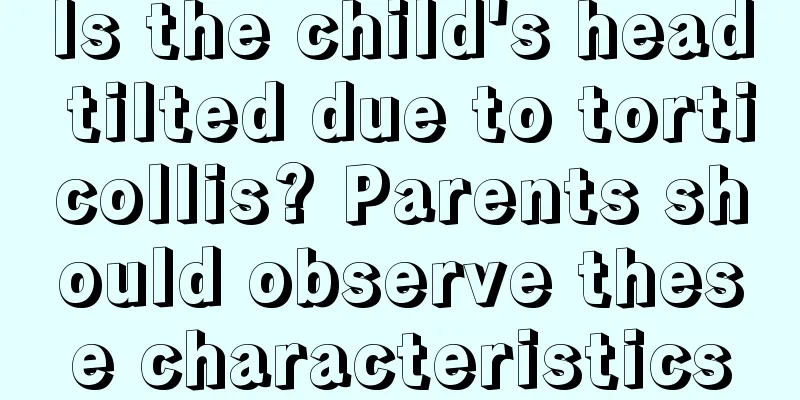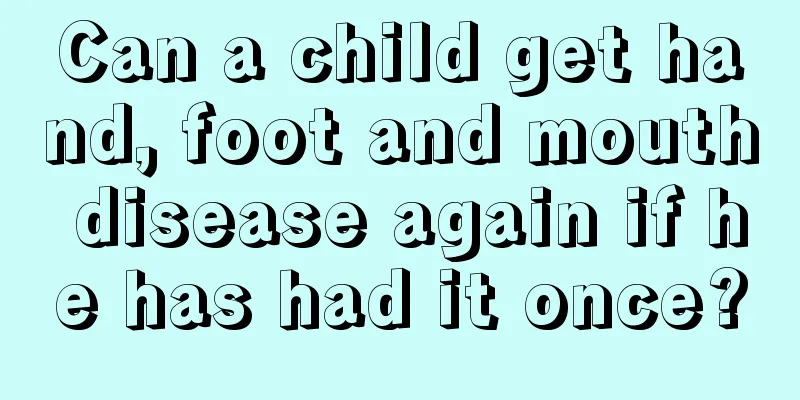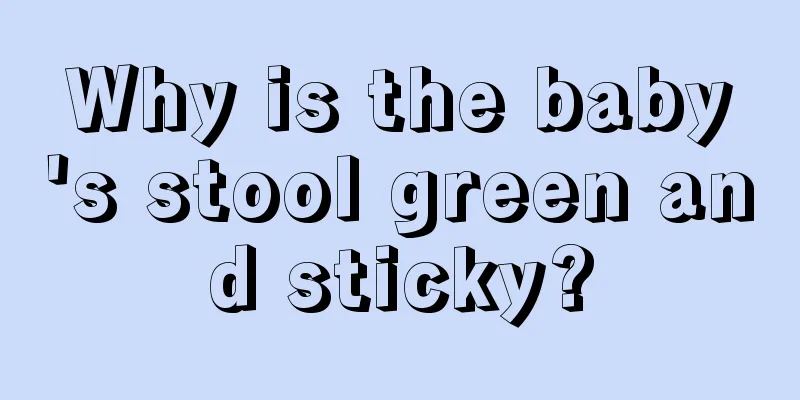Treatment of viral myocarditis in children: these measures must be understood

|
If viral myocarditis occurs in a child, parents must pay great attention to it. On the one hand, they should let the child get enough rest, and on the other hand, they should closely cooperate with the doctor's treatment. They can give the child medicine, intravenous drips, etc., and at the same time do relevant nursing work. 1. General treatment Bed rest; in the acute phase, bed rest for 3 to 4 weeks, and for those with heart failure, bed rest for three months. 2. Enhance myocardial nutrition and improve myocardial metabolism (1) High-dose vitamin C is infused intravenously once a day for 3 to 4 weeks. (2) 1.6-Fructose diphosphate, intravenous drip, once a day, course of treatment 1 to 3 weeks. (3) Take coenzyme Q10 orally. 3. Anti-heart failure treatment Heart failure must be controlled promptly, and digitalis drugs such as digoxin or cedilol should be selected because of their rapid onset and rapid excretion. 4. Treatment of cardiogenic shock. 5. Antiarrhythmic therapy (1) Lidocaine is the first choice for ventricular tachycardia. It should be injected intravenously. After it is effective, 100-200 ml of glucose should be added to dilute it and then dripped to maintain the effect. (2) For grade III atrioventricular block, first administer isoproterenol glucose drip. People who develop Adams-Stokes syndrome need to have a pacemaker installed. 6. Critically ill children can use dexamethasone followed by hydrocortisone for a short period of time. 7. Immunomodulators Intravenous immunoglobulin, interferon, and thymosin. 8. Treatment combining traditional Chinese and western medicine. Differential diagnosis method: 1. Rheumatic myocarditis It is more common in preschool and school-age children after 5 years old, with a history of prodromal infection. In addition to myocardial damage, the lesions often involve the pericardium and endocardium. Clinically, there is fever, swelling and pain in large joints, annular erythema and subcutaneous nodules. Physical examination shows an enlarged heart, sinus tachycardia, a systolic reflux murmur in the precordial area, and occasionally a pericardial friction sound. Anti-streptococcus "O" increases, group A streptococcus grows in throat swab culture, erythrocyte sedimentation rate increases, and first-degree atrioventricular block may be shown on the electrocardiogram. 2. Beta-receptor hyperfunction It is more common in school-age girls aged 6 to 14 years old. The onset and aggravation of the disease are often related to emotional changes (such as anger) and mental tension (such as before exams). The symptoms are diverse, but they are all similar to the manifestations of increased sympathetic nerve excitability. Physical examination showed increased heart sounds, electrocardiogram showed flat and inverted T waves and ST changes, propranolol test was positive, and dobutamine stress echocardiogram test showed hyperfunction of cardiac beta receptors. 3. Congenital atrioventricular block Most of the cases are third degree block, and the child's medical history may include syncope and Adams-Stokes syndrome. The electrocardiogram showed third-degree atrioventricular block, narrow QRS complex, and no dynamic changes in atrioventricular block. 4. Autoimmune diseases Common cases include systemic juvenile rheumatoid arthritis and lupus erythematosus. The main clinical features of systemic juvenile rheumatoid arthritis are fever, joint pain, lymphadenopathy, hepatosplenomegaly, congestive rash, increased erythrocyte sedimentation rate, increased C-reactive protein, leukocytosis, anemia and damage to related organs. If the heart is involved, there may be increased myocardial enzymes and abnormal electrocardiogram. It is not responsive to antibiotics but is responsive to medications such as hormones and aspirin. Systemic lupus erythematosus is more common in school-age girls and may cause fever, rash, decreased white blood cell, red blood cell and platelet counts, lupus cells can be found in the blood, and antinuclear antibodies are positive. 5. Mucocutaneous lymph node syndrome It is more common in children aged 2 to 4 years old, with fever, conjunctival congestion, diffuse congestion of the oral mucosa, chapped lips, bayberry tongue, superficial lymphadenopathy, hard edema of the extremities, and echocardiography showing coronary artery lesions. It should be noted that when coronary artery damage is severe, coronary artery infarction and myocardial ischemia may occur. At this time, abnormal Q waves may appear on the electrocardiogram. At this time, a differential diagnosis should be made based on the clinical condition and echocardiography. |
<<: What should I do if my child’s feet are scalded? These methods need to be understood
>>: What to do if your child has a stuffy nose
Recommend
What are the symptoms of gastrospasm in children?
Gastric spasm in children is not a disease, it is...
Is it serious for premature babies to have poor digestion?
It is quite common for premature babies to suffer...
What is the treatment for babies who always bite their lips?
Although it is not a serious disease for babies t...
Little boy foreskin inflammation
It is a common phenomenon for many little boys to...
What should I do if my daughter has thinning hair?
Children are the most important treasures of thei...
Can children take Niuhuang Jiedu Tablets?
In real life, many people will take Niuhuang Jied...
What to do if baby has eczema
Infant eczema and flaking are common skin allergy...
How to protect teeth for children
Some parents think that children will have to cha...
What medicine should children take for constipation
Children's body functions are not fully devel...
Sixteen-month-old baby height standard and influencing factors
A sixteen-month-old baby is already over one year...
What should I do if my 13-year-old child has a fever?
A child's fever is the most anxious thing for...
How to treat children’s cold and cough?
Many people believe that coughing is not a diseas...
What should I do if my baby has red bumps all over his body?
Some babies have problems with their bodies, so t...
What to do if a five-year-old child has stomachache?
When a five-year-old child has a stomachache, mos...
At what age is it best for children to learn swimming?
Swimming is a very popular sport. It can exercise...









